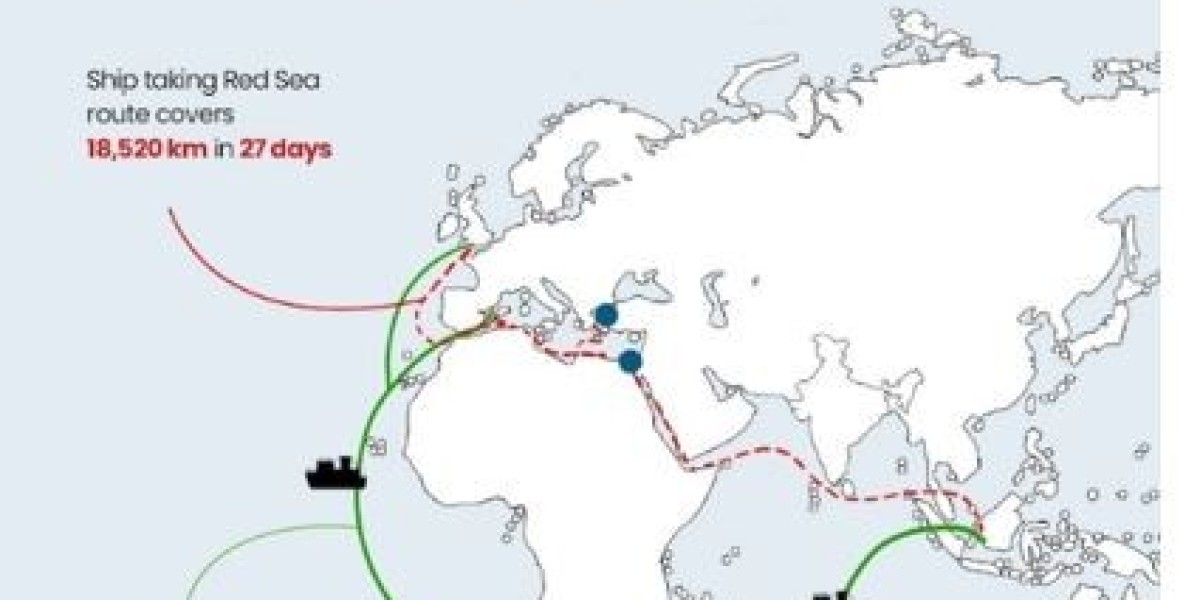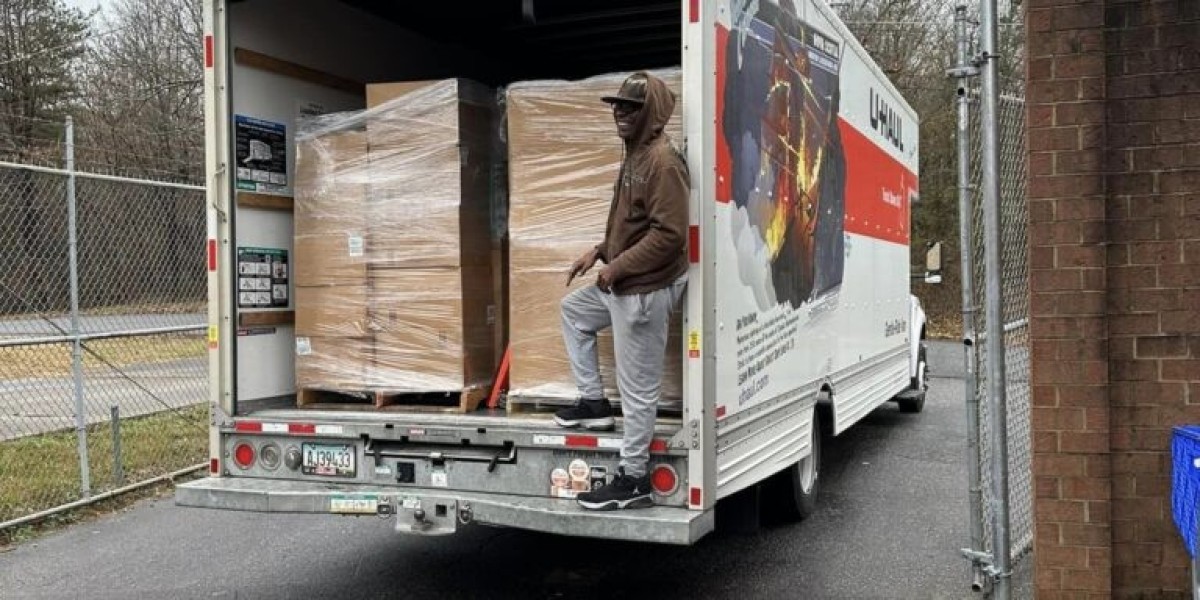With militant attacks on commercial ships in the Red Sea getting more frequent, the Indian shipping is all set to bleed as its vessels now circumnavigate Africa through the Cape of Good Hope to reach the country.
Background
Background of the Crisis
- The crisis stems from Houthi rebel attacks in the Red Sea following the Israeli-Palestinian war, which disrupted global supply chains.
- Impact of the disruption:
- These on commercial vessels passing through the Red Sea have forced shippers to avoid one of the world’s most crucial trade routes.
|
- The alternative longer route around the Cape of Good Hope on the southern tip of Africa has added more than 3,500 nautical miles (6,500km) to the journey and close to a half-month of sailing time to each trip, significantly increasing shipping costs.
- The transit time between northwest Europe to Asia has increased from 16 days to 32 days, incurring an additional cost of around $1 million per voyage.
Read the full article at: https://iasscore.in/current-affairs/red-sea-crisis
Operation Prosperity Guardian (OPG)- US’s response
|
What is the significance of the Red Sea trade route?
- The Red Sea, one of the world’s most densely packed shipping channels, lies south of the Suez canal, the most significant waterway connecting Europe to Asia and east Africa.
- At its southern end is a narrow strait of water – about 20 miles wide – between Djibouti and Yemen: the Bab el-Mandeb strait, the area that the Houthi rebels in Yemenhave been targeting.
- About 12% of global trade passes through the Red Sea, including 30% of global container traffic.
- Billions of dollars of traded goods and supplies pass through the Red Sea every year.









